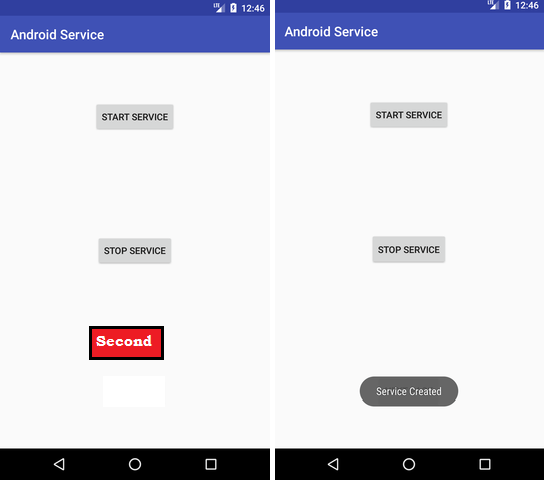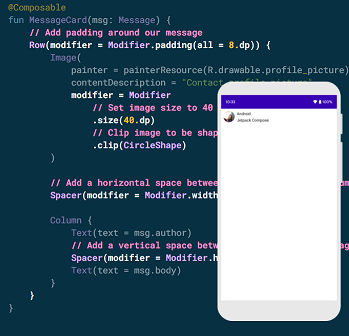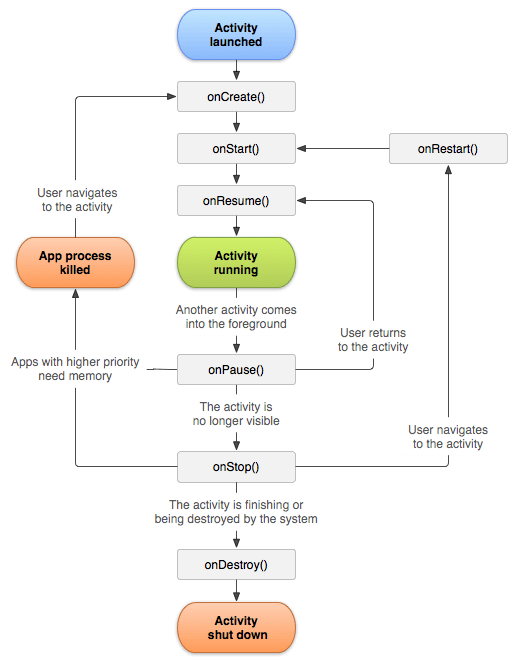
Android Debug Bridge, commonly referred to as ADB, is a powerful tool provided by Google as part of the Android Software Development Kit (SDK). ADB is a versatile command-line utility that facilitates communication between your computer and an Android device. Whether you are a developer, tech enthusiast, or a user looking to unlock the full potential of your device, understanding ADB can significantly enhance your Android experience.
Understanding ADB: The Basics
ADB acts as a bridge between your computer and Android devices, enabling various interactions. It allows you to perform a range of actions, from simple tasks like copying files to more complex processes such as app debugging and device management.
Key Features of ADB
- Device Management: ADB lets you manage your Android device from your computer. You can install and uninstall apps, transfer files, and access system files.
- App Debugging: Developers use ADB for debugging applications. It provides real-time log data, facilitating the identification and fixing of issues.
- Shell Access: ADB allows you to access the Unix shell on your Android device, giving you the ability to execute shell commands.
- Remote Control: You can control your device remotely via ADB, which is useful for automated testing and remote management.
How to Install ADB
Installing ADB is straightforward and involves a few simple steps:
- Download the SDK Platform Tools: Go to the Android developer website and download the SDK Platform Tools package for your operating system.
- Extract the Package: Extract the downloaded zip file to a convenient location on your computer.
- Set Up the Environment Variable: To use ADB from any directory, add its path to your system’s environment variables.
Using ADB: Common Commands
Here are some essential ADB commands to get you started:
- adb devices: Lists all connected Android devices.
- adb install [path-to-apk]: Installs an APK file on your device.
- adb push [local-path] [remote-path]: Transfers files from your computer to your device.
- adb pull [remote-path] [local-path]: Transfers files from your device to your computer.
- adb shell: Opens a command shell on your device.
- adb reboot: Reboots your device.
Practical Uses of ADB
1. Installing Apps
Developers often use ADB to install APK files directly onto their devices, bypassing the Google Play Store. This is particularly useful for testing new apps or updates.
2. File Management
ADB enables seamless file transfer between your computer and Android device. This is beneficial for backing up important data or transferring media files.
3. Debugging
Real-time logging provided by ADB is invaluable for developers. By accessing logcat (log output), developers can track down issues within their applications efficiently.
4. Custom Recovery and ROMs
For advanced users, ADB is essential in flashing custom recoveries and ROMs. This allows for greater customization and performance optimization of their devices.
Tips for Effective ADB Usage
- Enable Developer Options: On your Android device, go to Settings > About Phone > Tap ‘Build Number’ seven times to enable Developer Options. Then, enable USB Debugging.
- Keep Drivers Updated: Ensure you have the latest USB drivers for your device to avoid connectivity issues.
- Use ADB Over Network: For wireless debugging, connect your device via USB first, then use the command
adb tcpip 5555andadb connect [device-IP]to switch to a wireless connection.
Conclusion
Android Debug Bridge (ADB) is an indispensable tool for anyone looking to interact with their Android device beyond the standard user interface. Its capabilities extend from simple file transfers to comprehensive debugging and system management. By mastering ADB, you unlock a deeper level of control and functionality on your Android device, making it a crucial tool for developers and power users alike.
Embrace the power of ADB and transform how you interact with your Android device today!
Read More :







